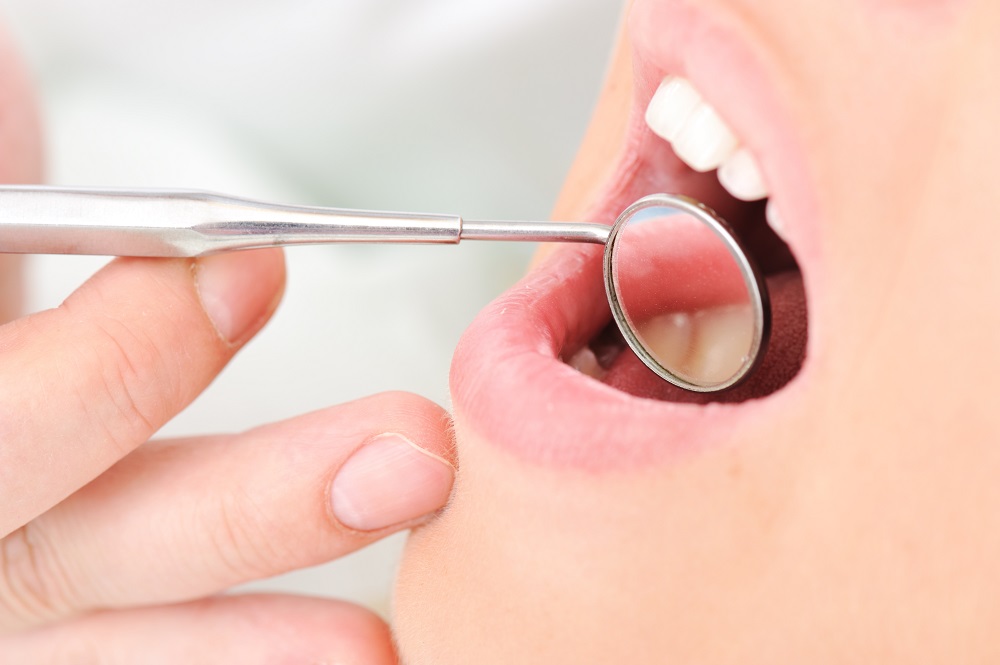IAEA publishes Safety Report on Radiation Protection of Dental Radiology
Ensuring that both patients and staff are protected from potentially harmful effects of radiation forms an important part of the IAEA’s mandate.

Dentists treat dental cavities with fillings, place dental crowns, implants or braces, extract teeth and conduct various other dental procedures daily. Many of these procedures are preceded by taking an X-ray image to diagnose, plan and monitor treatments of patients’ teeth. Small amounts of radiation are used to produce these images, which represent one of the most frequent types of radiological procedures. In fact, 26 per cent of all global diagnostic radiological examinations in 2020 were dental X-rays, double the 2008 estimate. Ensuring that both patients and staff are protected from potentially harmful effects of radiation forms an important part of the IAEA’s mandate.
A recently published Safety Report on Radiation Protection of Dental Radiology provides specific and detailed guidance on best practices to dental professionals as well as radiation protection experts, regulators and manufacturers of dental imaging equipment.
“Dentists are often acquiring their own X-ray equipment and independently using it, so it is important that they have the necessary understanding of radiology technology and radiation protection,” said Jenia Vassileva, an IAEA Radiation Protection Specialist. “Though individual doses of radiation are minute, the high volume of such procedures means that each exam should be appropriately selected and performed following the latest standards and good practises to minimize exposure to patients and practitioners.”
Globally, over one billion dental X-rays are performed each year. The various techniques used for different purposes use different amounts of radiation. The most common types of dental X-rays are equivalent to a few days’ worth of natural radiation from the environment. But dentists are increasingly requesting 3D images, which require radiation doses 10 to 20 times higher to produce a single image.
These 3D images are produced with cone-beam computed tomography (CBCT), an imagining technique where the X-rays are taken from different directions with the CBCT scanner rotating around the patient’s head, to create a series of images which are combined to construct a 3D image. This helps dental professionals better visualise structures and processes in the jaws and teeth. The images are not used to replace regular X-rays but are beneficial in specific situations, such as planning implants, treating injuries, measuring bone dimensions and assessing jaw tumours.
Younger patients in particular have more frequent dental radiological procedures because of the greater prevalence of tooth decay, injury and the need for orthodontic intervention. This, together with children’s relatively higher sensitivity to radiation, makes justification and optimization of paediatric dental imaging procedures important. The IAEA supports this with guidance and training on appropriate and optimal uses of medical imaging.
“As new technologies emerge to improve dental diagnostic X-ray imaging, advanced education and training in radiation protection are key to ensuring that dental professionals are using the equipment in the safest way possible,” said Reinhilde Jacobs, Secretary General of the International Association of DentoMaxilloFacial Radiology, which endorsed the new publication.
Based on safety requirements and recommendations for radiation protection and safety in medical uses of ionizing radiation, the new publication includes detailed guidelines for the justification and appropriateness of dental radiological procedures and the optimization of radiation protection and safety for patients and dental staff. The publication complements the IAEA’s existing activities in this area, including training materials and courses in English and Spanish as well as webinars on radiation protection in dental radiology.
- READ MORE ON:
- Jenia Vassileva
- IAEA
- cone-beam computed tomography










